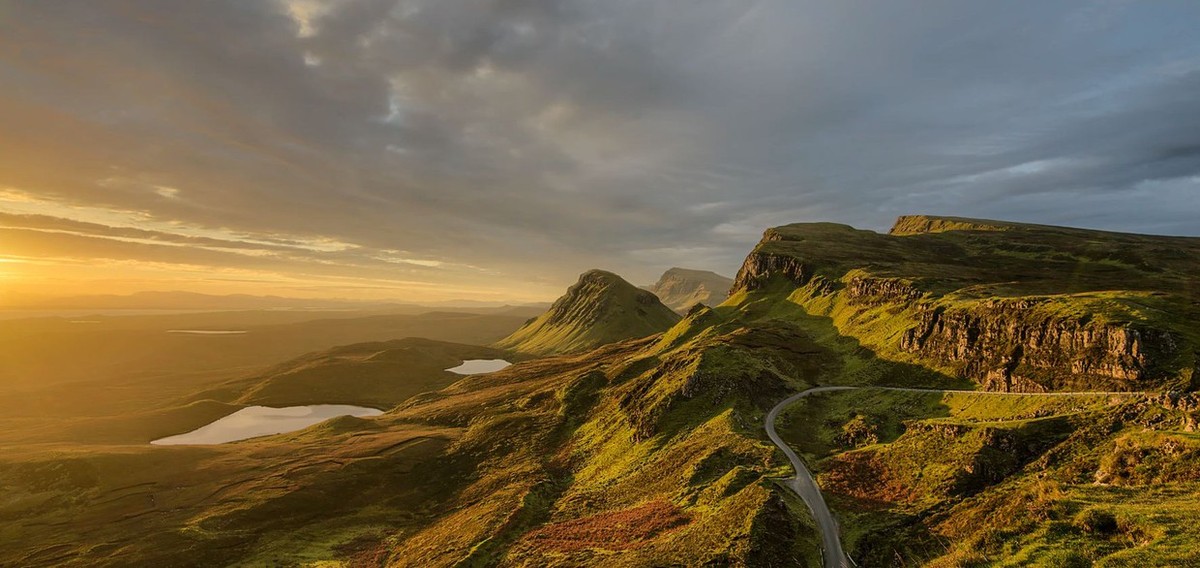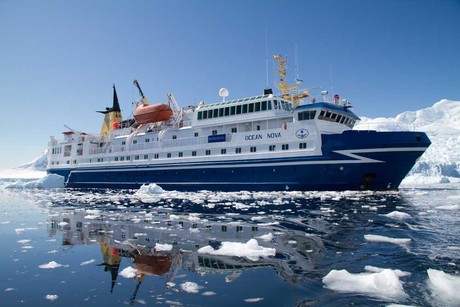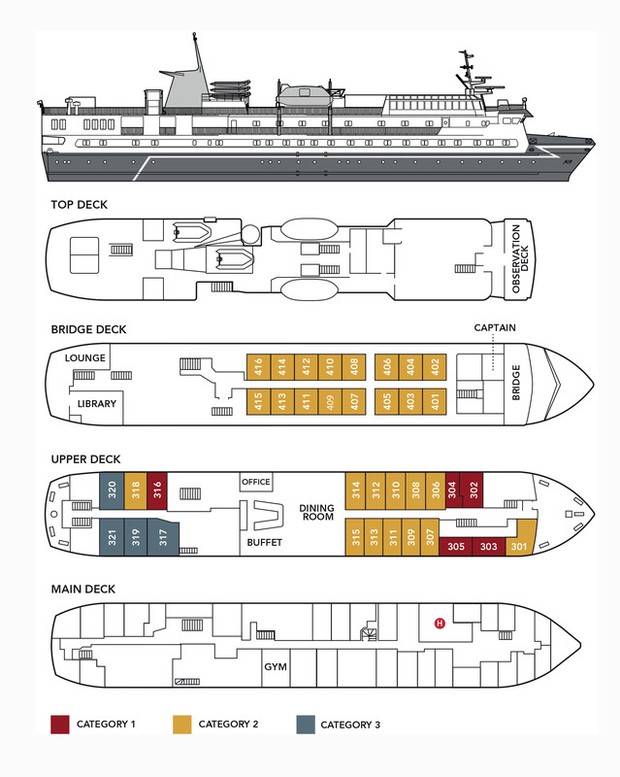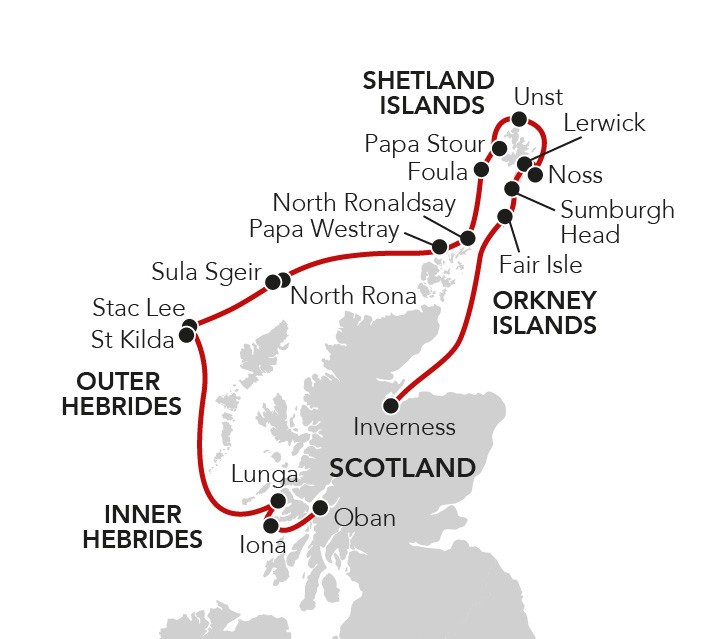
You can travel the world visiting all manner of exotic and wonderful places without realising that some of the finest scenery, fascinating history and most endearing people may be close to home. Nowhere is this truer than around Scotland’s magnificent coastline, an indented landscape of enormous natural splendour with offshore islands forming stepping stones into the Atlantic.
This unique voyage will appeal to those who prefer their islands deserted, but with abundant bird and wildlife. If you have always had a hankering to visit some of the remotest and most inaccessible islands in Scotland, this is the ideal opportunity visiting as it does the Shetland Islands, Orkney Islands and the majestic Hebrides. Join us aboard the 84-passenger Ocean Nova as we sail from the port of Inverness to the islands on the edge, visiting both inhabited and uninhabited islands and places of great natural beauty, rich in wildlife and mystical history, many with a long history dating back to the Iron Age.
Few cruise ships offer the chance to explore the islands off the northern coast of Scotland and our unique expedition combines visits to the remote, uninhabited outposts of North Rona and St Kilda with the inhabited island of Fair Isle and the ‘Bird Island’ of Foula. We will also see the Isle of Noss, one of the most important seabird colonies in Scotland, the gannet colony on Sula Sgeir, home to over 5000 breeding pairs and renowned as the least visited national nature reserve in Britain along with two of the largest gannetries in the world at Stac Lee and Boreray. Such a trip would be almost impossible to arrange independently and requires a small ship with the expeditionary qualities of the Ocean Nova. With just over eighty travelling companions, the atmosphere on board is convivial and when ashore with our local experts and expedition team, we will divide into small groups thereby enjoying a comprehensive and peaceful experience.
Prices quoted here are often dependent on currency fluctuations. Please check with (01432 507450 or info@small-cruise-ships.com) for the very latest price, which may well be cheaper than the one advertised here.
Prices quoted here are often dependent on currency fluctuations. Please check with (01432 507450 or info@small-cruise-ships.com) for the very latest price, which may well be cheaper than the one advertised here.
Ocean Nova

| Ice Class: | Ice 1B, E0 (Hull Ice 1A) |
|---|---|
| Cabins | 37 |
The ice-strengthened 73 metre long expedition ship Ocean Nova was built in Denmark in 1992 with high ice class to serve Greenland’s west coast. In 2004 to 2005 she was completely refurbished and has now a career as a small and comfortable expedition ship. The Ocean Nova accommodates 86 passengers in single, double and triple cabins, all with sea-view and private facilities. The double cabins have either twin beds. The triple cabins have upper and lower beds. In your cabin you will also find a desk with chair and ample storage space for clothes and equipment.
In the dining room you are treated to delicious meals in between landings and in the panorama lounge you can enjoy a drink with a breathtaking view of the surrounding polar landscape. This is where on board specialists entertain and educate you with lectures on polar biology, history, geology and conservation. There is also a library with panoramic views and a good selection of polar books. On board there is a satellite phone, gym and medical doctor. Passengers are welcome on the bridge around the clock and there is always something to see or search for from the spacious observation decks. The ship has North European officers and there is a friendly and informal atmosphere on board. Travelling with this small expedition ship offers an entirely different experience and perspective than you can get on a larger and more conventional cruise ship.
Cabins are spread over two decks and include cabins for the single traveller, double and triple cabins, all with sea-view and private facilities. The comfortable dining room located on the Upper deck seats all passengers in a single sitting and offers delicious meals with a mixture of table service and buffet. The informal dining arrangement adds to the friendly atmosphere onboard and meals are a great chance to discuss all you have seen with your fellow travellers, and for the expedition team to share their knowledge.
With one of the highest ice classes (1B) and a 2000 hp diesel engine, Ocean Nova is a small but sturdy expedition vessel just as at home in the icy waters of Svalbard as she is in a tranquil Scottish loch. The ship has a crew of 34, including North European officers, whose prime concern is your safety as well as ensuring wildlife sightings and weather conditions are maximised. For your safety there are two fully enclosed lifeboats and a medical clinic onboard.



